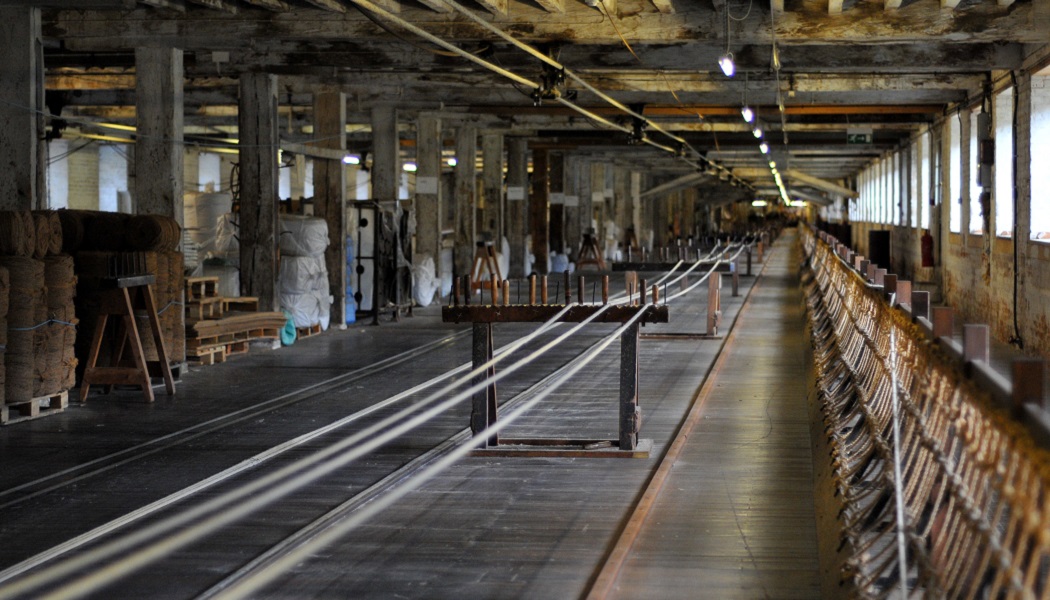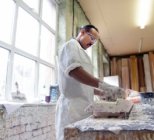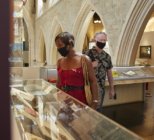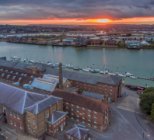The 18th century Ropery continues to operate on the site in Kent, offering visitors the chance to see the traditional rope-making process every weekday.
Despite regular maintenance throughout its 165 years of continuous use, some of the mechanics of one of the Ropery’s closing machines have passed the point at which simple adjustment is possible and are in dire need of repair.
Under its remit to safeguard the nation’s industrial heritage, the Association for Industrial Archaeology has stepped in and awarded the Dockyard a restoration grant of £17,200 to enable the 1854 rope-making machinery to be comprehensively repaired.
Keith Falconer OBE, who oversees the organisation’s Restoration Grant programme, says the Association is “delighted to be able to support the conservation of such a technologically significant machine in the world renowned Ropery”.
The Ropery’s past
Built between 1786 and 1791, the Ropery was equipped with state of the art rope-making equipment patented by Joseph Huddart and John Daniel Belfour.
In 1809-11 Simon Goodrich and Henry Maudslay introduced pioneering mechanical forming machines to improve the quality of rope strand manufacture. One such machine remains in operation on the Historic Docklands site today.
1854 saw new sets of closing machines installed, enabling the process to become steam powered. Once again, these machines remain on site now; used to both produce rope that is sold commercially and to demonstrate the unique equipment and traditional rope-making skills to modern audiences.
The project – which will cost £21,700 overall – is set to begin in October 2019, with early 2020 pencilled in for its completion.
“The Victorian Ropery is one of our most important assets and enabling the machinery to continue operating ensures the long-term sustainability of this national treasure,” noted Paul Barnard, Director of Communications and Development at The Historic Dockyard Chatham.










